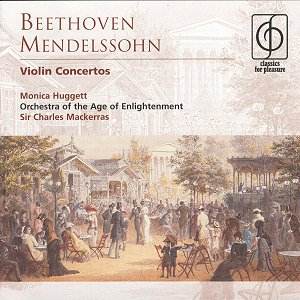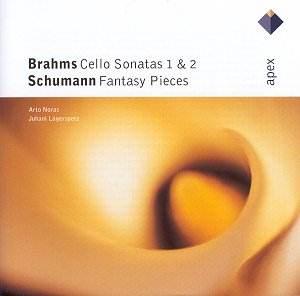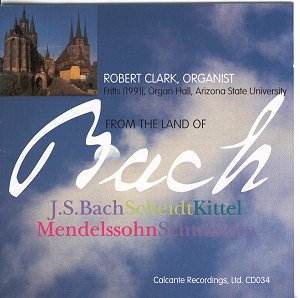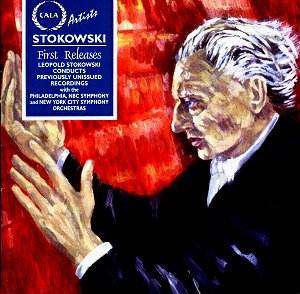 Composer: Ludwig van Beethoven
Composer: Ludwig van Beethoven
Works: Violin Concerto in D major, Opus 61; Felix Mendelssohn – Violin Concerto in E minor, Opus 64
Performers: Monica Huggett (violin), Orchestra of the Age of Enlightenment
Recording: 24-25 Nov 1992, Henry Wood Hall, Southwark (Beethoven); 20-21 Oct 1992, Blackheath Concert Halls (Mendelssohn)
Label: Classics for Pleasure CFP 5 74878 2
Beethoven’s Violin Concerto in D major, Opus 61, completed in 1806, is a transformative work in the violin repertoire, shifting the concerto form towards a greater emphasis on the soloist’s expressive capability while still integrating a rich orchestral dialogue. Felix Mendelssohn’s Violin Concerto in E minor, Opus 64, composed in 1844, stands as a hallmark of Romantic virtuosity, characterized by its lyrical themes and seamless structure. Both concertos, while distinct in their stylistic approaches, offer profound insights into the evolution of the violin concerto, highlighting the interplay between soloist and orchestra in ways that reflect their respective historical contexts.
Monica Huggett, a prominent advocate for historically informed performances, approaches these beloved concertos with a refreshing perspective. Her collaboration with the Orchestra of the Age of Enlightenment offers an intriguing balance, though it does at times reveal the limitations inherent in striving for a period-appropriate sound. The orchestral timbre in the Beethoven, particularly the opening timpani strikes, lacks the resonance one might expect from a modern interpretation, initially causing the listener to recalibrate their expectations. However, as the piece unfolds, Huggett’s nuanced articulation of the solo line and her adept handling of the slow movement reveal a deep understanding of Beethoven’s intentions, even if the overall conception feels somewhat restrained.
Particularly noteworthy is Huggett’s choice to play her own cadenzas, which align well with her interpretative style. They are fluid and characteristically understated, echoing the emotional depth of the work while not overpowering the orchestral fabric. The transition into the Allegro is marked by an engaging dialogue between soloist and ensemble, yet one cannot shake the feeling that a more assertive orchestral presence could have elevated the performance. The recording captures this interplay with clarity, although the period instrument sound may not appeal to all listeners accustomed to the lushness of modern orchestras.
Turning to Mendelssohn’s Violin Concerto, the initial phrases delivered by Huggett lack the effortless flow that the music inherently demands. The lyrical quality of the opening theme, which should soar with buoyancy, instead feels slightly constrained. Nevertheless, the articulation in the faster passages is commendable, showcasing Huggett’s technical prowess and her ability to navigate complex passages with agility. The interplay in the slow movement, while initially stilted, gradually coalesces into a more relatable expression, offering moments of genuine beauty that resonate with Mendelssohn’s signature charm.
The engineering quality of this recording, remastered for the Classics for Pleasure label, presents a clear and balanced sound, though it occasionally betrays its age with a tonal palette that may not satisfy those seeking a more opulent auditory experience. The performances, while not always reaching the heights of interpretative fervor found in other notable recordings—such as those by Itzhak Perlman or Anne-Sophie Mutter—do provide an insightful exploration of these concertos through a historically informed lens.
The performances by Monica Huggett, while not definitive, offer a thoughtful perspective on both Beethoven and Mendelssohn, underscoring their enduring relevance in the violin canon. While the interpretations may not fully encapsulate the emotive breadth that these works can evoke, they nonetheless invite contemplation and appreciation of the subtleties inherent in the music. Thus, for those interested in a nuanced take that adheres closely to historical performance practices, this recording presents a compelling, if not wholly essential, addition to the ongoing dialogue surrounding these masterpieces.



